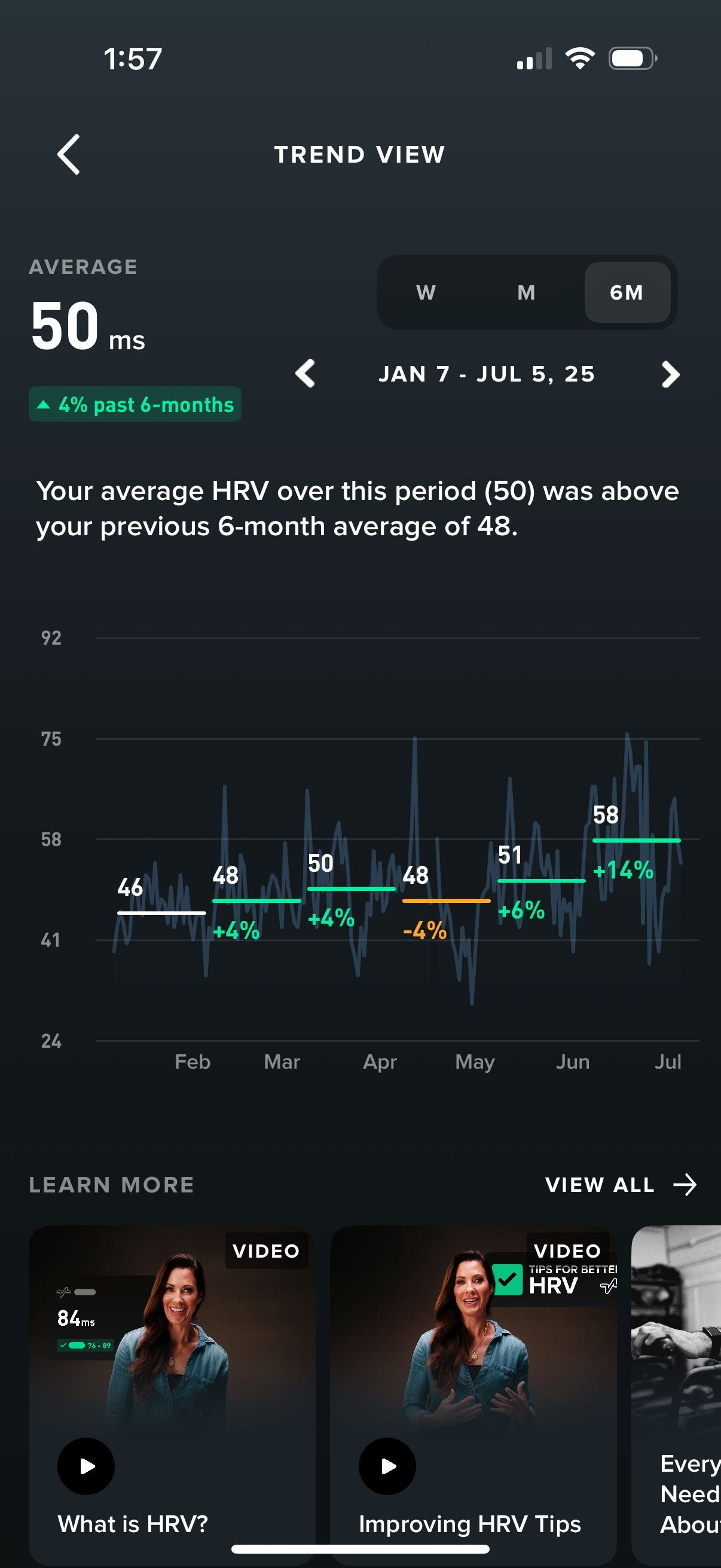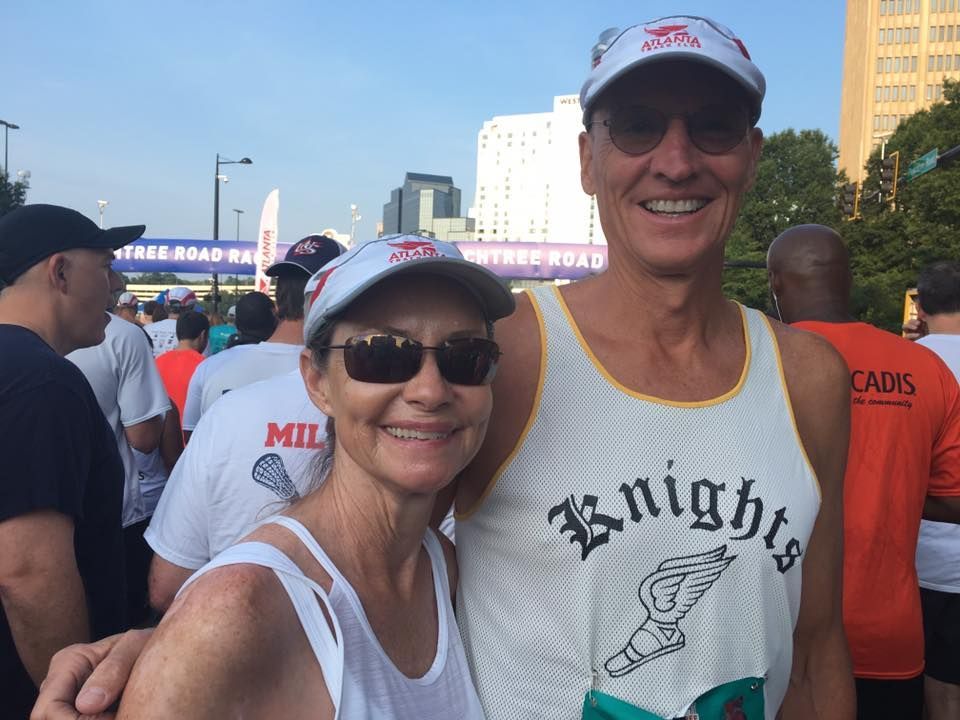History is Written By the Victors
It is often said that history is written by the victors. Many times, this is meant to convey the unreliability of the story being told, and recognizing there is a very different story (or stories) not being told at the same time. It is akin to there being three sides to every story: your side, my side, and the truth. The idea is that the experience is so personalized and individual, that it is impossible for anyone to capture an objective truth given their own personal history, beliefs, feelings, and thoughts.
For all the downsides of this truth of storytelling, and there are many, there is a possible upside when it comes to telling our own stories. None of us gets to dictate all the action in the story that is our life. Our lives are filled with people other than ourselves, thank goodness! Every day the world around us experiences events and circumstances entirely outside of our control.
We could recognize these facts and see ourselves as little more than a leaf falling from a tree that is powerless to control where it lands. Alternatively, we could accept these truths and then decide how we want to spin them in telling the story that is our life, for each of us is the author of our own autobiography, wittingly or not. We are crafting the story in our head even if nowhere else. In this we get to choose the adjectives we use, the color we put on it those events and circumstances whether they were or are in our control or not. If we have the power of the pen, why would we not make it a positive one, one where we have the agency?
As I published Get Out of My Head and did more interviews, one thing I wondered and worried about was how applicable the ideas I shared truly were to people in situations very different from my own. Given what was going on at the time, I specifically wondered if my ideas and exercises had any applicability to people like those in Ukraine who were literally living in a war zone. Sure, this mindset works fine in a rich and safe country, but what about those living in a bunker, or even something less dire?
That led me to play out the alternative. What if everyone in Ukraine resigned themselves to seeing themselves solely as victims after the Russian invasion, and told themselves how unlucky they were to have been invaded but there was nothing to do but lament their fate? Would that have made them safer or the situation better?
Or is recognizing that yes, the invasion is horrible, and yes, I can and will now act to fight against it more productive? Seeing how President Volodymyr Zelensky and the Ukrainian people responded, can there be any doubt as to the correct answer?
The historian, if they are scrupulous, cannot and will not make up events that never occurred or change the “facts on the ground.” The historian does, however, have the power of the pen in deciding how to tell the story of those events. What objective details to include or exclude, what subjective assessments to put upon the events, what adverbs and adjectives to use.
Each of us is our own personal historian. While when reading any history written by someone else, we should keep in mind that “history is written by the victors” as a reminder to be more skeptical than we might otherwise be, when it comes to telling our own tale, we can instead use it to our advantage.
This is my one life. I fully intend to be victorious. At least that’s the story I’m going to keep telling myself.











